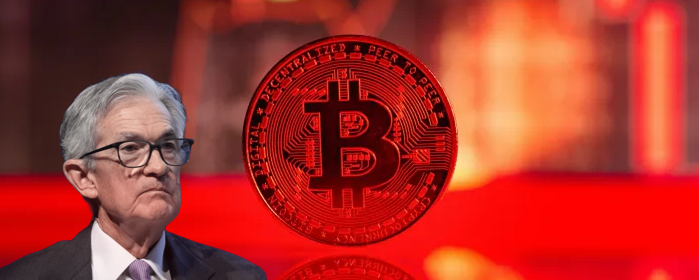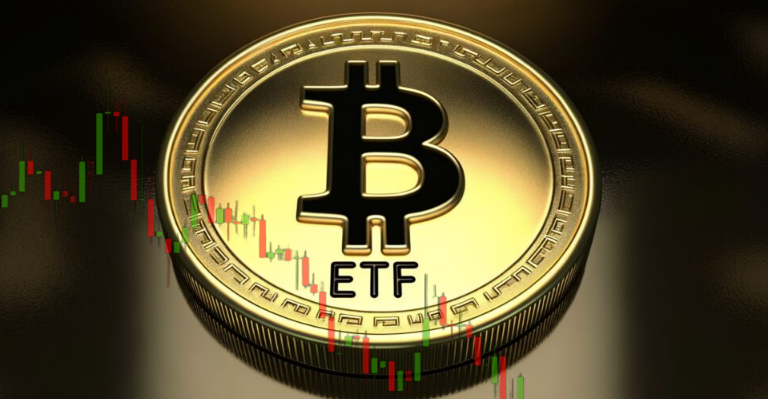TL;DR
- Bitcoin ETFs have experienced nearly $500 million in capital outflows over three consecutive days, reflecting short-term declining confidence in traditional markets.
- Higher-than-expected inflation data in the U.S. has dampened expectations of Fed interest rate cuts, influencing investor withdrawals from Bitcoin ETFs.
- Despite volatility, Bitcoin remains a solid option for investors seeking protection against inflation and portfolio diversification.
Bitcoin exchange-traded funds (ETFs) in the U.S. have recorded three consecutive days of outflows, totaling nearly $500 million in capital withdrawals. On Wednesday, outflows reached $251 million, highlighting a $102 million loss in Fidelity’s ETF (FBTC) and $22.1 million in BlackRock’s ETF (IBIT). These movements reflect economic uncertainty and a pause in institutional investor enthusiasm. Despite this, some analysts argue that these outflows may simply be profit-taking after the strong price rally in recent months and not necessarily a sign of structural market weakness. Others suggest that the decline in inflows could be due to concerns over potential regulatory actions or shifts in global monetary policies that affect risk appetite among large investors.
A Temporary Cooldown or a Shift in Sentiment?
The phenomenon is not new. The last time Bitcoin ETFs recorded consecutive outflows was in January when markets reacted to the political situation in the U.S. However, analysis shows that these correction periods often precede new rallies. Currently, Bitcoin’s price remains around $96,000, consolidating within a range between $90,000 and its all-time high of $109,000. Some market participants believe that this consolidation phase is necessary for building stronger support levels before any potential breakout.
The key behind this situation lies in macroeconomic data. Inflation in the U.S. exceeded expectations, reducing the likelihood of interest rate cuts by the Federal Reserve in March. This has impacted risk assets, including Bitcoin. However, experts like Joseph Dahrieh from Tickmill argue that strategic Bitcoin reserve proposals in 20 U.S. states could bring up to $23 billion into the market, driving future demand.

Bitcoin: An Opportunity Amid Uncertainty?
Despite recent outflows, many analysts still see Bitcoin as a long-term store of value. Alan Orwick, co-founder of Quai Network, notes that while investors may be readjusting their portfolios after Bitcoin’s strong 2024 bull run, its narrative as an inflation hedge remains intact.
Historically, these capital outflow periods have preceded new rallies when confidence returns. For long-term investors, this phase could represent an opportunity rather than a warning sign. Additionally, regulatory advancements and institutional adoption could provide an additional boost, strengthening Bitcoin’s position in global financial markets.

